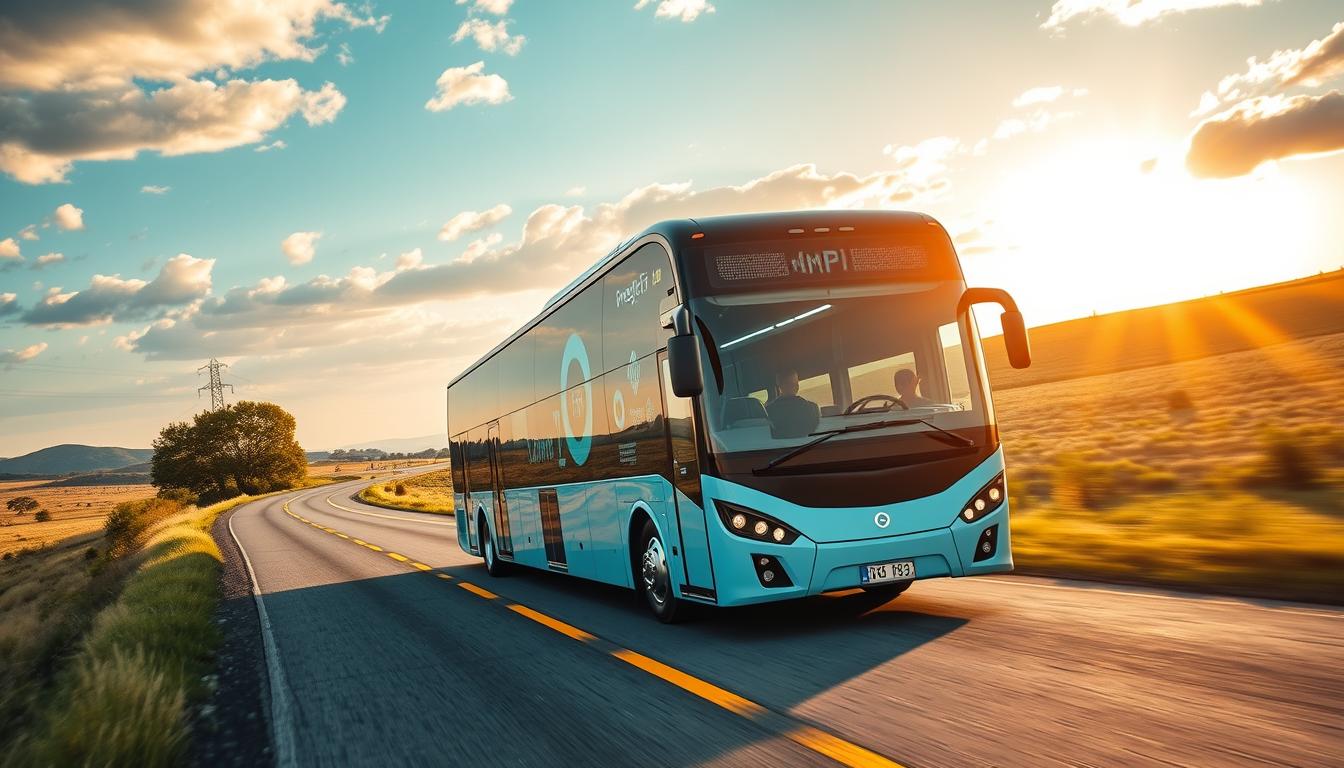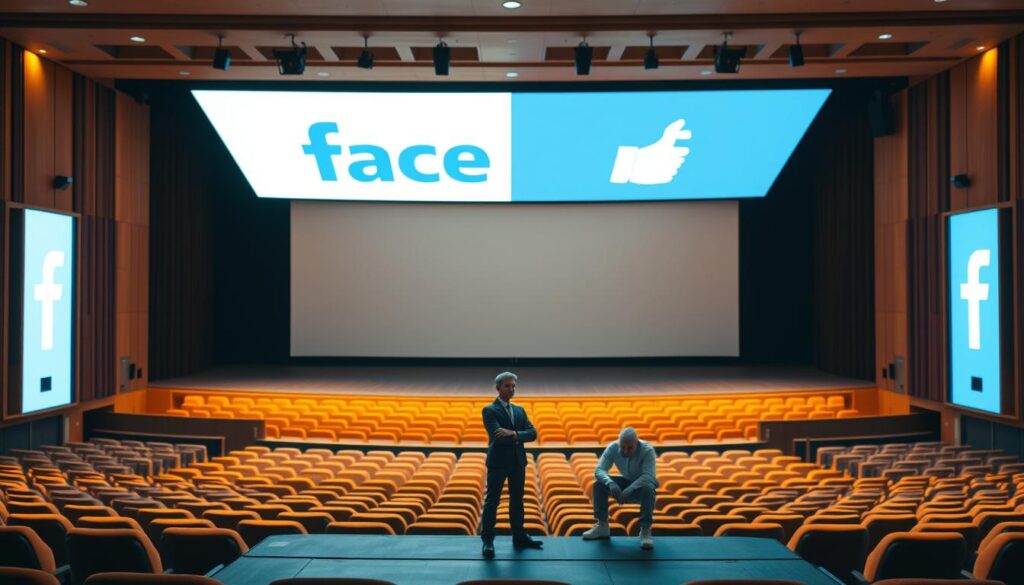
Imagine a world where staying connected isn’t just a convenience but a catalyst for innovation. The Google Project Fi Bus Tour embarked on a journey to bring wireless innovation directly to users across the country, showcasing how seamless connectivity can transform daily life. This initiative wasn’t just about better service; it was about redefining how we experience mobile connectivity on the go.
Emerging from the frustrations of traditional carriers and costly roaming charges, the Project Fi Bus Tour set out to demonstrate a different way. By integrating cutting-edge technology, the tour highlighted the potential of a service that could switch effortlessly between carriers, ensuring stable and reliable connectivity no matter the location.
Firsthand experiences from travelers using Nexus 6 devices abroad revealed the challenges of maintaining connectivity. Troubleshooting steps became essential, turning users into problem-solvers and highlighting the human aspect of technical challenges. This spirit of adventure and resilience on the road underscored the tour’s mission.
The journey also offered a glimpse into historical lessons. Just as Myspace’s missed opportunities paved the way for Facebook’s dominance, the Project Fi Bus Tour showed how learning from past innovations can drive future successes. This blend of historical perspective and modern technology created a unique narrative.
As we explore the impact of the Project Fi Bus Tour, we’ll delve into how it addressed the digital divide, particularly in rural areas, and how initiatives like turning school buses into Wi-Fi hotspots have made a difference. We’ll also examine the broader implications of transparent tech revolutions, as discussed in recent innovations.
Setting the Stage for Wireless Innovation
Mobile connectivity has become the backbone of modern life, shaping how you interact, work, and navigate the world. In Canada, the evolution of wireless technology has transformed the digital landscape, offering faster speeds and more reliable connections. This transformation sets the stage for innovative projects that redefine connectivity on the go.
The Journey Begins: Exploring Mobile Connectivity in Canada
Your journey into the future of mobile connectivity starts with understanding the current trends. Canada has seen significant advancements in network technology, with carriers expanding coverage and improving data speeds. These improvements have been influenced by lessons learned from international travel experiences, where maintaining connectivity posed challenges. For instance, fluctuating data speeds during trips highlighted the need for more robust networks.
Key Mobile Trends Shaping Your Digital Experience
Today, several trends are reshaping your mobile experience. Improved data management and billing plans offer more flexibility, while enhanced coverage ensures you stay connected wherever you go. The integration of apps for seamless telecommunication has streamlined communication, making it easier to manage calls, messages, and data usage on the go.
| Feature | Traditional Service | Modern Service |
|---|---|---|
| Data Speeds | Slower, with limited coverage | Faster, with widespread coverage |
| Coverage | Spotty in rural areas | Improved in urban and rural areas |
| Billing Plans | Fixed rates, limited options | Flexible, customizable plans |
These advancements highlight the progress made in mobile connectivity, ensuring a more efficient and enjoyable experience for users across Canada.
Google Project Fi Bus Tour: A New Era in Mobile Connectivity
Discover how the Google Project Fi Bus Tour redefined mobile connectivity, offering a seamless experience on the go. This innovative service introduced features that set a new standard for wireless communication.
Understanding the Service and Its Unique Call Features
Project Fi stood out with its reliable call features, ensuring stable connections across different networks. Whether you were in a bustling city or a remote area, the service switched effortlessly between carriers like Sprint, T-Mobile, and US Cellular. This seamless transition was a game-changer for travelers seeking uninterrupted communication.
Real-World Mobile Experience: From Tethering to Data Efficiency
Using a Nexus 6 device, users experienced the practical benefits of Project Fi. Tethering in cafes or navigating international roaming became more manageable. The service’s data efficiency empowered users, allowing them to monitor and control their usage effectively, making it ideal for both domestic and international travel.
Optimized Coverage and the Future of Wireless Plans
By automatically switching carriers, Project Fi ensured consistent coverage, even in areas with spotty service. This approach not only enhanced user experience but also paved the way for innovative wireless plans. The service’s success highlighted the importance of adaptability and efficiency in mobile connectivity, influencing future developments in the industry.

Learn more about how e-commerce SEO strategies are shaping the future of digital connectivity and commerce on the go.
Innovation Lessons from the Past: Myspace vs. Facebook
The rise and fall of Myspace and the meteoric ascent of Facebook offer valuable insights into the dynamics of innovation and user experience. These platforms, emerging in the early 2000s, faced similar challenges but took different paths, leading to contrasting outcomes.
Missed Opportunities and Poor User Experiences Explored
Myspace, once a pioneer in social networking, struggled with cluttered design and poor user experience. Its failure to simplify and innovate allowed Facebook to capitalize on a clean, intuitive interface. Facebook’s strategic acquisitions, like Instagram and WhatsApp, further solidified its dominance, while Myspace’s misaligned acquisitions diverted focus from core user needs.
Timeline Challenge: Spot the Key Turning Points for Innovation
Test your knowledge with this timeline challenge:
- 2003: Myspace launches, quickly gaining popularity.
- 2004: Facebook emerges, focusing on simplicity and user experience.
- 2005: Myspace acquired by News Corp, leading to design bloat.
- 2011: Myspace sold after rapid decline.
Identify the pivotal moments where Myspace’s missed opportunities and Facebook’s strategic decisions changed their trajectories.
Reflecting on these lessons, it’s clear that lasting innovation requires a balance of simplicity, strategic growth, and user-centric design. These principles are as relevant today in mobile and digital experiences as they were in the social media landscape of the 2000s.

Learn more about how historical lessons shape modern digital strategies.
Conclusion
As we conclude our exploration of the Google Project Fi Bus Tour, it’s clear that innovative mobile services are reshaping how we connect and experience the world. This initiative not only demonstrated the power of seamless connectivity but also highlighted the importance of adaptability in staying ahead in the tech race.
The journey of the Project Fi Bus Tour showcased how carrier solutions can transform your travel experience. By offering reliable call features and efficient data management, it set a new standard for mobile connectivity. The lessons from Myspace’s decline remind us that innovation must always prioritize user needs and simplicity.
Reflecting on the successes and challenges shared, it’s evident that flexibility in billing, network switching, and connection reliability are crucial for modern travelers. As you navigate your own digital journey, consider the impact of smart connectivity choices on your daily life and travels.
Whether you’re exploring new ways to stay connected or seeking inspiration from past innovations, remember that your phone is more than a device—it’s a gateway to endless possibilities. Embrace the future of connectivity and make informed choices that enhance your digital lifestyle. For more insights into innovative solutions, visit our portfolio of cutting-edge projects.

 Google Project Fi Bus Tour: Promoting Wireless Innovation on the Go
Google Project Fi Bus Tour: Promoting Wireless Innovation on the Go
0 Comment